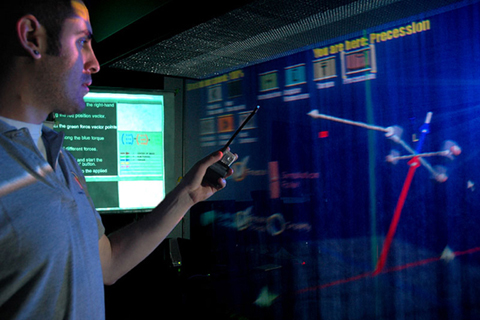Desktop Theater
[Status: Draft]
Related Categories: Text and Multimedia | Collective Reading
Summary:
Desktop Theater was initiated as an alternate form of Internet chat that took place in the popular 2-D avatar-based chat room called The Palace. Started in 1997 by Adriene Jenik and Lisa Brenneis, Desktop Theater sought to extend the metaphor of chat room-as-public-space to creating a type of “street theater” through the avatars in a public chat room on The Palace’s servers. Several “actors” meet at a preset time in an agreed upon locale in The Palace, each donning a specific avatar for the performance. They perform a specific dramatic text through a cut-and-paste method that displays the text in a bubble above the avatar’s head. Other chatters enter the scene and often engage the actors, becoming part of the performance, or create their own conversations in the mise-en-scène of The Palace chat room, contextualizing the performance as an online form of street theater. (more…)

